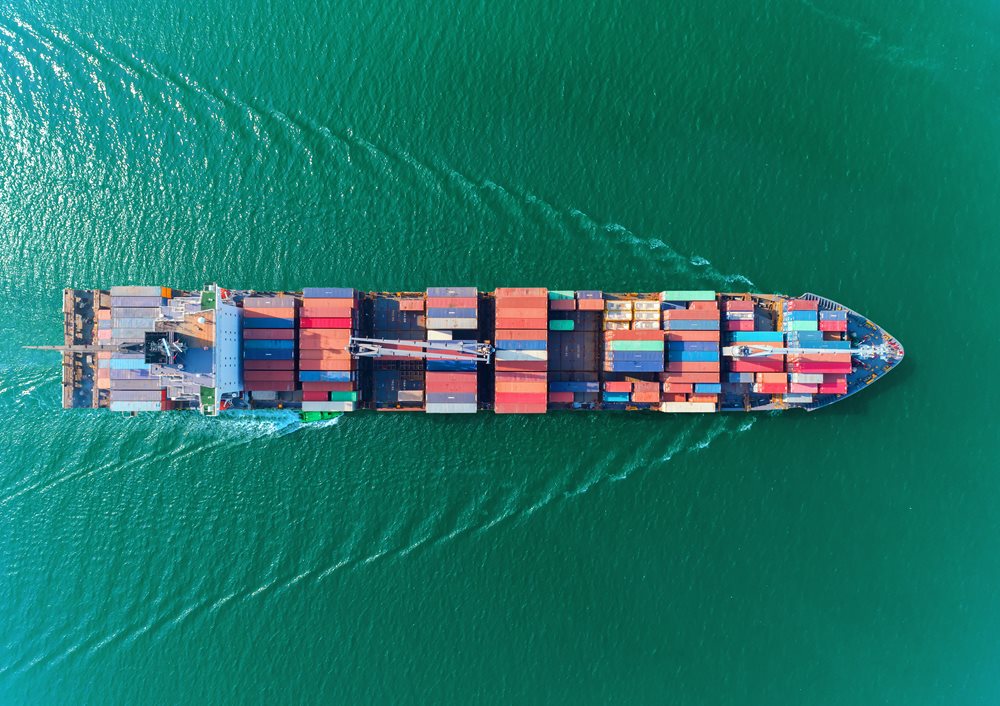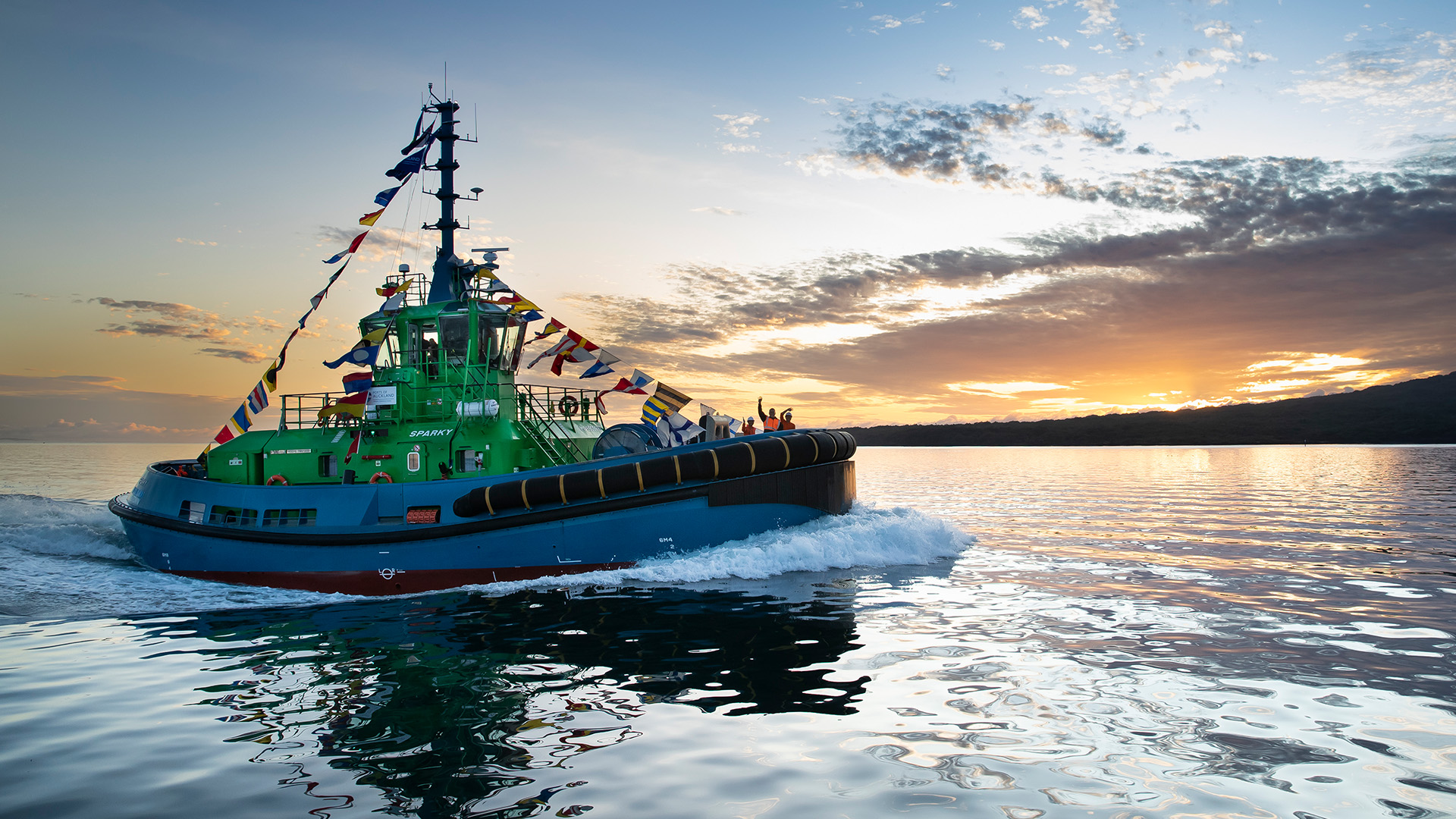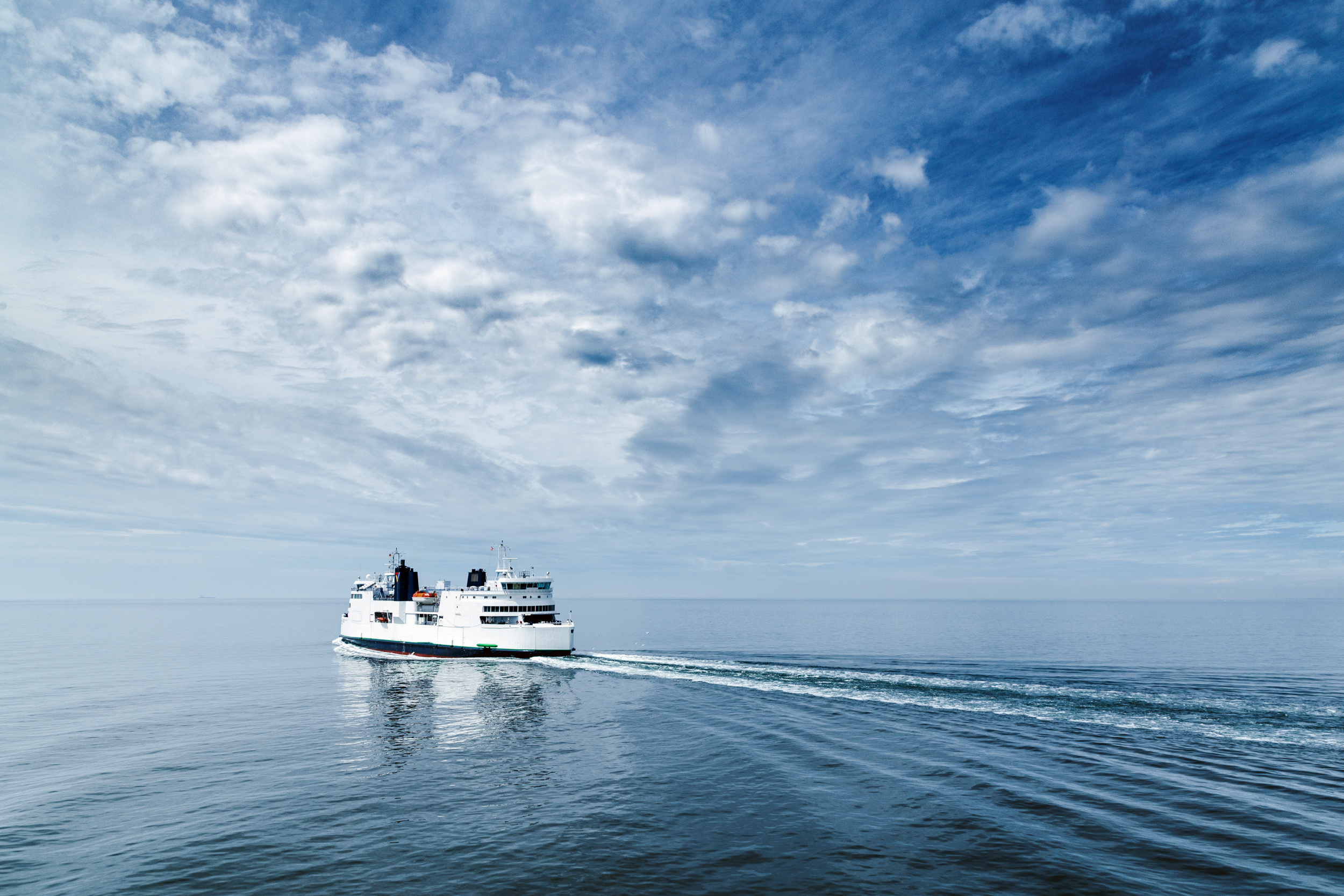You need an account to access this content
Create a free account and get access to all downloads and more!

Expert blogs

7 Jun 2023
5 min read
The shipping industry is under immense pressure to decarbonise. Marine vessels are responsible for a significant amount of global greenhouse gas emissions. According to the International Maritime Organisation, shipping is accountable for around 2-3% of global CO2 emissions, and is projected to increase to 17% by 2050, making it one of the largest emission sources in the transportation sector.
To mitigate the environmental impact and move towards a more sustainable future, the industry is examining different solutions, such as cleaner technologies and alternative fuels. One, which is growing in popularity, is the electrification of vessels, either through hybrid – a combination of diesel engines with electric motors and/or batteries - or with fully electric systems. One example is “Sparky”, the fully electric tugboat for the Ports of Auckland built by Damen Shipyards, which was awarded as one of the best inventions of 2022 by TIME magazine. Sparky is just one of the vessels that are setting sail for a more sustainable marine industry.
The electrification of marine vessels offers numerous advantages, such as environmental benefits, improved energy efficiency, and enhanced performance. A study published in Nature Energy suggests that over 40% of global containership traffic can be electrified with current technology.
Going electric in the marine sector can lead to a significant reduction of emissions and more sustainable vessel operations. Electric vessels do not generate greenhouse emissions during operations, which can help both reduce pollution and minimize the impact on marine ecosystems. How is this possible? The electric grid is more energy efficient than vessel engines which usually run on diesel or heavy fuel oil. Therefore, the emissions per kW of electric energy production are much lower than the emissions generated by the marine engine. Additionally, electricity costs are typically lower than the cost of marine diesel providing an OPEX savings incentive to vessel owners.

If we take a look at the statistics, the industrial electricity price average is 11.38 euro cents per kWh (statistics from 2021), and in some regions like North America and parts of Europe the price is even lower. In comparison, global average bunker prices vary by fuel type and when converted to equivalent units are around 17.15 euro cents per kWh. This also depends on engine type and size, load conditions, etc. but looking at averages, the equivalent energy output is about 1/3 cheaper when sourced from the grid vs marine diesel.
Furthermore, the global average carbon intensity from the electric grid in 2021 was approximately 400g CO2/kWh. This varies by region, with the Americas and Europe producing a lower carbon footprint of approximately 280gCO2/kWh and Asia, Africa and Australia producing an average of 520g CO2/kWh. The average CO2 emissions from marine diesel engines vary depending on engine size, load conditions, operating modes, and the specific emission control technologies implemented by manufacturers. However, the carbon intensity is typically within the range of 600 - 900 gCO2/kWh.
In the example mentioned above, Sparky, the fully electric tugboat designed by Damen, has eight battery packs providing a total of 2784 kilowatts hours of energy. This means that Sparky can pull the same tonnage as the Port of Auckland’s strongest diesel tugboat. Sparky is expected to save approximately 465 tonnes of CO2 in diesel emissions annually with an expected operating cost of less than a third of her diesel counterparts. Damen have also developed several types of hybrid electric water buses and city ferries with a hybrid-electric propulsion system for peak shaving, that are making short-distance marine travel and transportation more sustainable.
 Sparky, a fully electric tugboat developed by Damen Shipyards
Sparky, a fully electric tugboat developed by Damen Shipyards
Examining other examples, the Yara Birkeland, a fully electric and autonomous container vessel developed by YARA and KONGSBERG, is expected to remove 40000 diesel-powered truck journeys every year and reduce both nitrogen oxide and carbon emissions, road dust formation and traffic noise. The Crowley electric tugboat for the Port of San Diego is expected to eliminate the consumption of over 113,000 litres of diesel annually with an expected reduction of 3,100 tonnes of CO2 in its first 10 years of operation.
In addition to operating more sustainably, electric propulsion systems can provide greater energy efficiency, lower operational costs and increase fuel savings. The electric propulsion systems can also enhance the performance of the vessel, offer better manoeuvrability and quieter operations.
While the advantages of electrification of the marine sector are undeniable, there are still some challenges that need to be overcome before we can expect the investment in electric or hybrid vessels to surpass the number of conventional ships.
Let’s examine some of the challenges:

Following the latest trends in the industry and leveraging our expertise, ComAp has developed flexible control systems and components that bring the benefits of hybrid technology to ship owners and operators.
ComAp’s power management system can optimise the usage of different power generation sources on the vessel, depending on the energy demand load. The solution can be used for automatic synchronisation of the ship’s energy sources and shore connection while docking in the port. This includes synchronising and connecting AC sources, matching voltages and connecting DC sources, sharing the load between online sources, connecting charging facilities and charging the battery according to the state of charge of the battery.
Interested in using our power management system to help you move to a hybrid electric marine system? Check out our solutions for decarbonisation and contact us for more information.